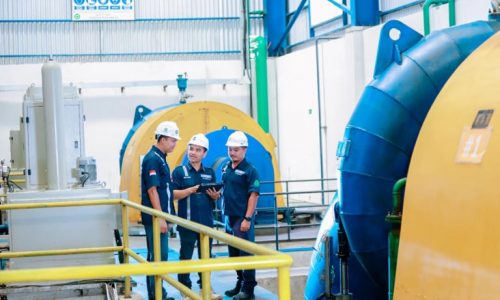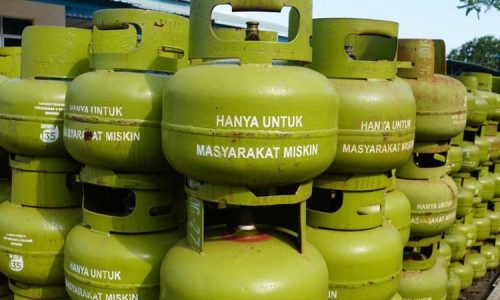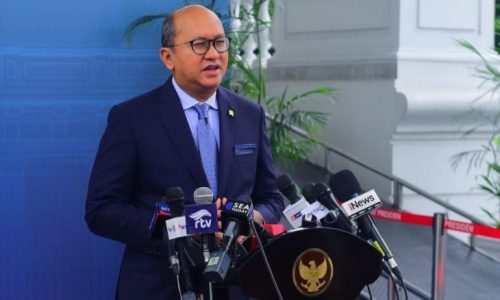State electricity company PT PLN has signed an agreement with the Indonesian Central Bank (BI) to use the bank’s operational waste as co-firing raw material for the Bolok Coal Fired Power Plant (PLTU) in Kupang, East Nusa Tenggara (NTT). This collaboration aims to support the national energy transition and carbon emission reduction programs.
BI’s operational waste, which was previously crushed and disposed of in landfills, can now be processed into a mixture of coal substitutes.
PLN President Director Darmawan Prasodjo said that through collaboration with BI, the co-firing program would not only succeed in reducing carbon emissions, but also become a solution to waste problems.
“We continue to innovate as a step towards the net zero emissions target in 2060. In addition to reducing carbon emissions, the Waste-to-Energy program is here to be a solution in processing waste to be more useful,” Darmawan said as quoted in a statement on Friday, September 13, 2024.
General Manager of PLN’s East Nusa Tenggara branch, Ajrun Karim, said that the use of co-firing for this PLTU is also part of PLN’s strategy to increase the renewable energy mix.
“Until July 2024, PLN’s East Nusa Tenggara branch has successfully mixed 2,872.07 tons of biomass which is equivalent to 1.43 percent in the energy mix and succeeded in reducing CO2 emissions by 3,331 tons,” Ajrun said.
Head of BI’s East Nusa Tenggara Representative Office, Agus Sistyo Widjajati, said that the synergy between BI and PLN is a joint effort to reduce carbon emissions. In this collaboration, BI is ready to supply biomass needs for PLN until July 2025.
“We carry out this cooperation to utilize operational waste into something that can be useful for the community. Instead of just throwing it away, we have found a new form of how to utilize this operational waste into something that can be useful for the community,” Agus said.









